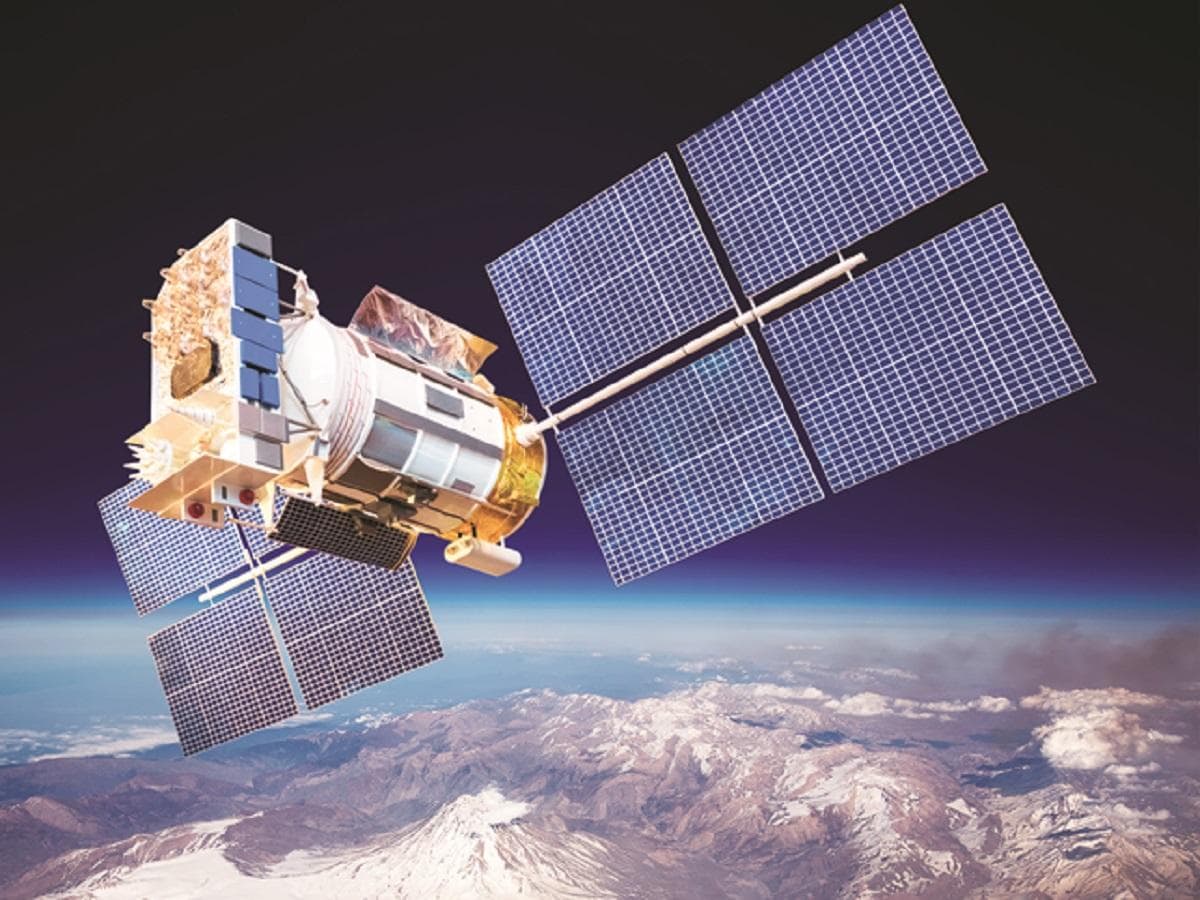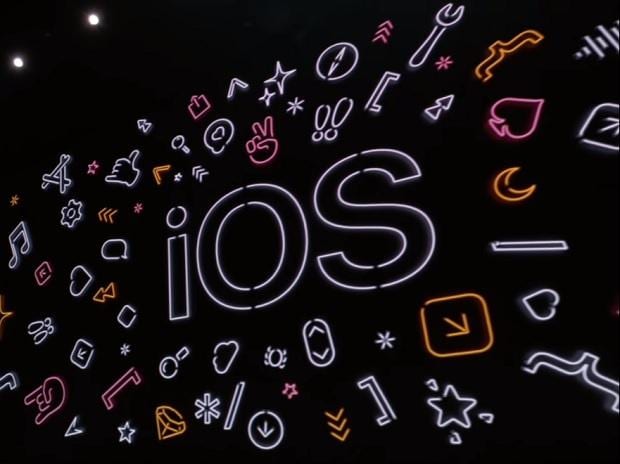India and America’s space agency ISRO and NASA are jointly working to develop a spacecraft in Bengaluru, India which is set to launch in early 2024.
NASA-ISRO Synthetic Aperture Radar (NISAR) will be able to track the movement of land and ice surface in extremely fine detail. The NISAR satellite is capable of tracking nearly every part of our planet at least once every 12 days. This will help scientists to understand critical things like the dynamics of forests, wetlands, and agricultural lands.
The satellite will be launched from India and it has two synthetic aperture radar systems on board, one of them is developed by the National Aeronautics and Space Administration (NASA) in the US and the other by the Indian Space Research Organisation (ISRO).
The NISAR satellite is currently undergoing testing. It will be tested by several rounds of environment testing ensuring that it can smoothly face the rigours of launch and fully prepared to meet all operational requirements once in orbit.
Once all the tests are completed at U R Rao Satellite Centre (URSC), they will be transported 220 miles (around 350 kilometres) eastwards to Satish Dhawan Space Center. It will be inserted into a launch fairing, mounted atop ISRO’s Geosynchronous Satellite Launch Vehicle Mark-II rocket, and thereafter, it will be launched to earth’s lower orbit.
This is the first ever mission when NASA and ISRO came together on hardware development for an earth observation mission. NASA Jet Propulsion Laboratory (JPL), which is managed by Caltech in Pasadena, is leading the US component that provides L-band SAR to the mission. Beyond that, NASA is also sharing a radar reflector antenna, the deployable boom, a high-rate communication subsystem for science data, GPS receivers, a solid-state recorder, and a payload data subsystem.
On the other end, U R Rao Satellite Centre (URSC), which is leading the ISRO component of the mission, is sharing the spacecraft bus, the S-band SAR electronics, the launch vehicle, and associated launch services and satellite mission operations.
Note:- (Not all news on the site expresses the point of view of the site, but we transmit this news automatically and translate it through programmatic technology on the site and not from a human editor. The content is auto-generated from a syndicated feed.))



